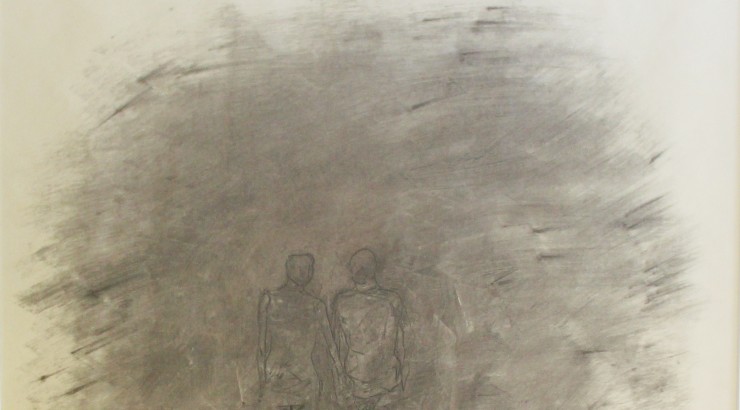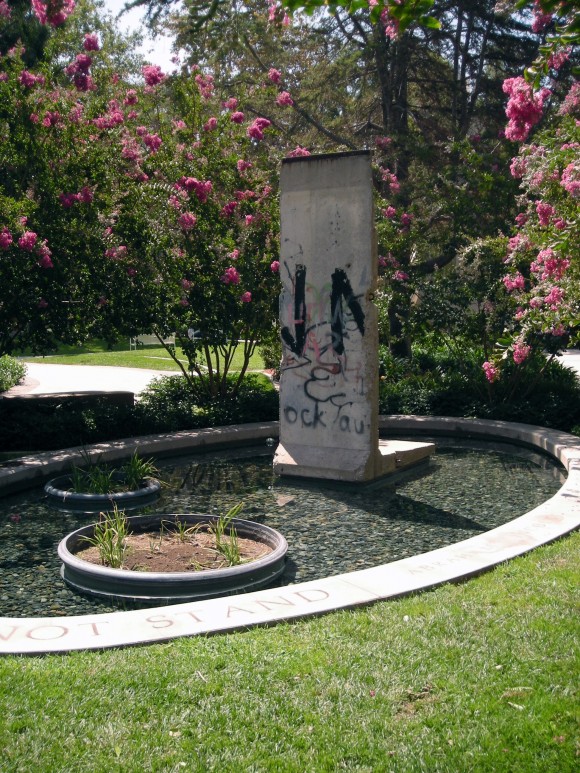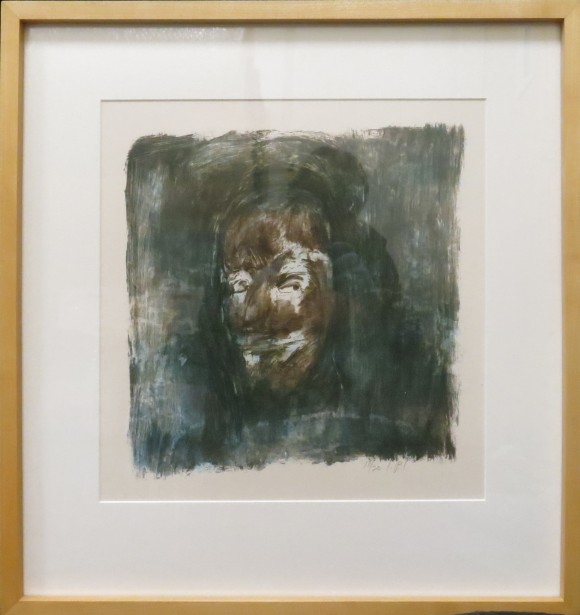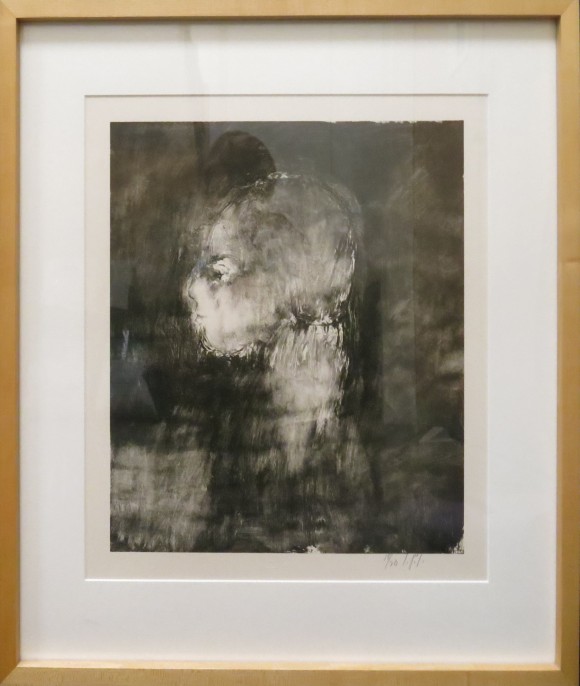A Week of Remembrance
November 12, 2014
This past Sunday, November 9, marked the 25th anniversary of the fall of the Berlin Wall.
On Tuesday, November 11 we observed Armistice Day and Veterans Day, reflecting on the end of the hostilities of World War I and on the efforts of men and women over the years who have served and honored our country in the U.S. Armed Forces.
In remembrance of these humbling events, artwork can often serve as a memory of the past and a gathering point for the present. Chapman University’s Collections feature several works that reflect on this week’s somber tone.
In Liberty Plaza on campus, just outside DeMille Hall, sits one of the western-most remains of the Berlin Wall.
After two years of negotiations and searching for funding, President Jim Doti’s proposal to the Berlin Senate to house a section of the former wall was granted. In September 1998, the large rectangular piece was transported from Hamburg, Germany to Long Beach harbor, making its way to Chapman University. Graffiti on both sides of the wall section are indicative of the anxiety, tension, and culture of the time. The perimeter of Liberty Plaza features a poignant inscription by Abraham Lincoln: “A house divided against itself shall not stand.”
Nearby, in Beckman Hall, visitors to the Escalette Permanent Collection of Art along the 4th and 3rd floor corridors can view several prints by artist John Paul Jones.
Jones, who was named after a renowned naval officer of the Revolutionary War, served in the U.S. Army 750th Field Artillery Battalion in Okinawa, Japan, during World War II. A native of Indianola, Iowa, Jones’ rugged childhood in no way prepared him for his fate as a soldier in the Battle of Okinawa, largely considered the bloodiest and grisliest battle of WWII. Some counts number the deaths from Okinawa higher than those from Hiroshima and Nagasaki combined.
While he did survive the war, Jones never discussed his experiences. Instead, he turned to creating artwork. He studied printmaking, and fought through his harrowing memories on paper. Psychologically dense, Jones’ compositions evoke his obsession with feelings of impermanence and invisibility. Jones later taught art at UCLA and UCI, and eventually retired to Ashland, Oregon.
Chapman University proudly houses numerous works by this honorable American artist and veteran.





